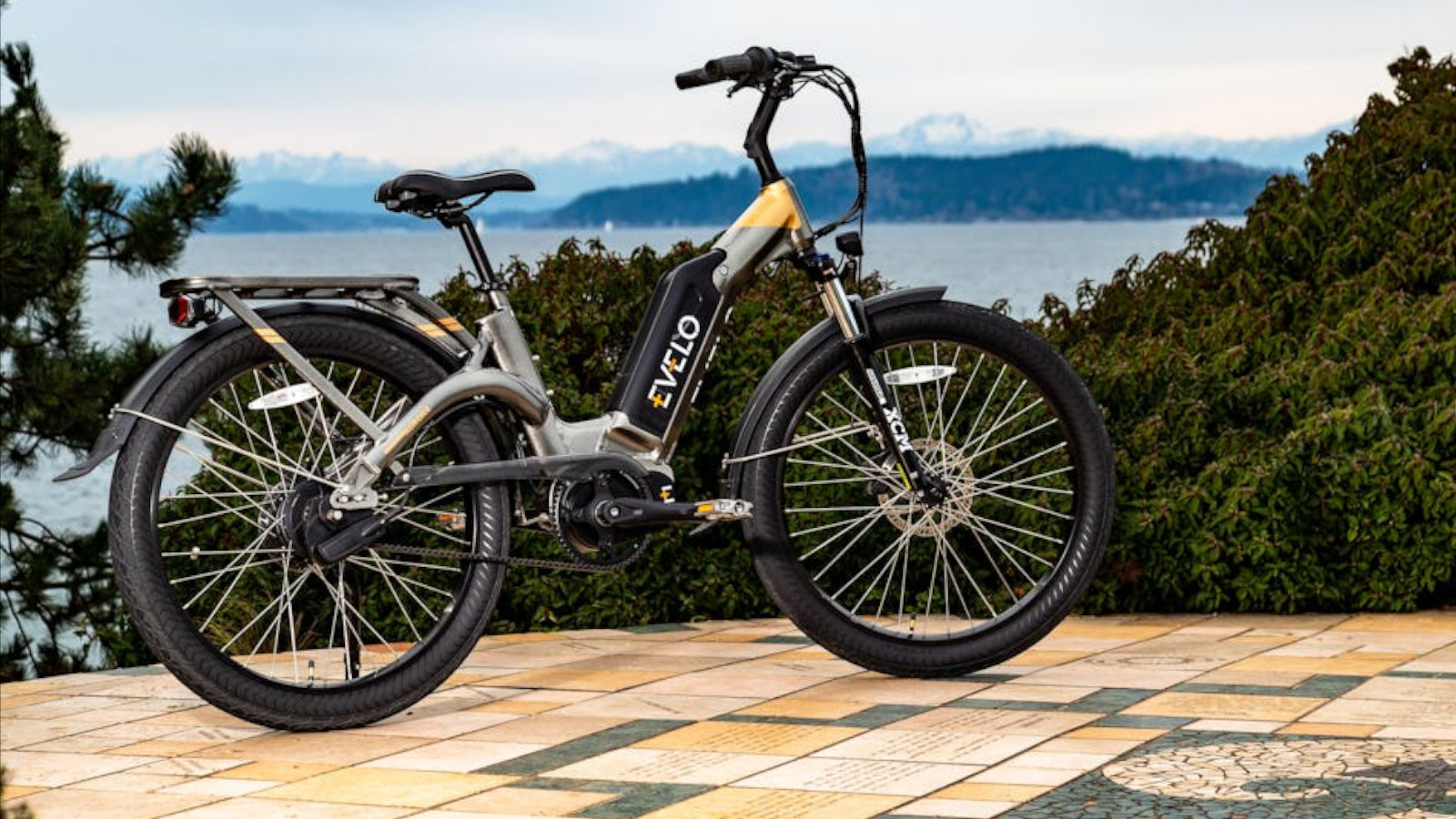
As the world shifts towards sustainable transportation, electric vehicles (EVs) have gained significant popularity due to their eco-friendly nature and cost-efficient operation. However, for those new to the EV landscape, the diverse methods of charging can seem overwhelming. This comprehensive guide aims to demystify the various charging options, from slow trickle charges to rapid DC charging, providing you with the information needed to make informed decisions.
Charging Considerations: Where and How Fast?
When it comes to charging your electric vehicle, two primary considerations stand out: where you choose to charge and how fast you decide to charge. These factors are closely interconnected, with the charging speed contingent on your EV model, battery capacity, and the charging system employed.
Understanding Charging Categories
Before diving into the specifics of charging methods, it’s important to familiarize yourself with the three primary charging categories: Trickle Charge, AC Charge, and DC Charge.
Trickle Charge
Trickle charging is the slowest method and is typically used in urgent situations. It involves plugging your EV into a standard 220V plug. However, caution is advised, as this method requires consultation with electricity providers due to potential implications for your electrical system.
AC Charge
AC charging offers faster charging rates. Through a wallbox installation, AC Household Charging accelerates the process, and public AC charging stations are also available. This method is particularly convenient for overnight charging.
DC Charge
For rapid charging, the DC Fast charging stations come into play, offering power levels of 50kW and above. This method can replenish your battery from 20% to 80% in around 40 minutes, making it ideal for quick top-ups during longer journeys.
Key Terminology
Understanding the various terms associated with charging stations is crucial. Charging station, charging outlet, charging plug, charging port, charger, and EVSE (Electric Vehicle Supply Equipment) all refer to the same essential components of the charging process.
Home vs. Public Charging
The choice between home and public charging significantly impacts the available charging types and speeds.
Home Charging
Approximately 80% of EV charging occurs at home. This method provides convenience and efficiency. There are two main types of home charging: Trickle Charge and AC Household Charging with a wallbox.
Trickle Charge
- Utilizes a standard 220V plug that comes with your EV.
- Provides slow charging, delivering around 13 to 16 km of range per hour.
- Recommended for urgent situations only.
- Not ideal for regular use due to potential electricity bill and load implications.
AC Household Charging with Wallbox
- A common and recommended option.
- Charges through a 230V outlet, providing 3 to 4 times faster charging than Trickle Charge.
- Requires installation of a dedicated EV charging wallbox by a trained electrician.
- Ideal for overnight charging, fully replenishing a 40 kWh battery car in around 6 hours.
Public Charging Stations
With the expanding network of public charging stations, topping up your EV’s battery on the go has become increasingly convenient. Public charging offers both AC and DC charging options.
- AC Public Charging can be 3 to 10 times faster than AC Household Charging, depending on station output and EV capacity.
- DC Fast Charging provides the quickest charging, with stations capable of charging from 20% to 80% in about 40 minutes.
AC vs. DC Charging Explained
Electric cars require Direct Current (DC) to charge, while the national grid delivers Alternating Current (AC). AC charging is generally slower due to the limitations of the EV’s onboard charger. In contrast, DC fast charging bypasses the onboard charger, resulting in faster charging times.
Connector Types
Connector compatibility is vital for effective charging. Currently, there isn’t a universal connector for all EVs and chargers, but different connector types correspond with different charging levels.
AC Charging Connectors
- Type 1 and Type 2 connectors are commonly used for AC charging, particularly for AC Household Charging.
DC Charging Connectors
- CHAdeMO and SAE Combo (Type 2 CCS) connectors are prevalent for fast DC charging.
- These connectors are not interchangeable, emphasizing the need to know your car’s compatibility with available connectors.
Discover more from Wheels Craze - Automotive News, EV News, Car News, Bike News
Subscribe to get the latest posts sent to your email.





